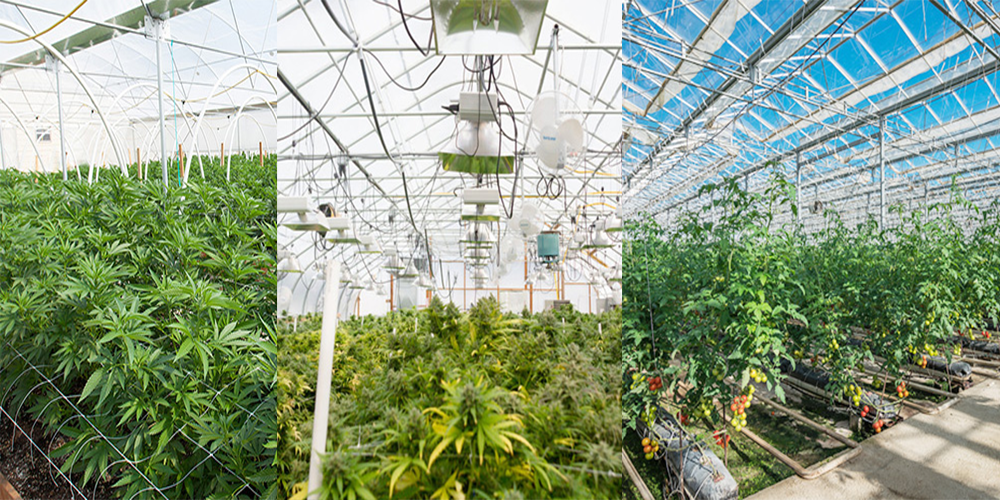Using dehumidifiers in the greenhouse
Greenhouses, which can transmit light and heat (or heat), are applied to cultivate plants. In a season that is not good for plant growth, the greenhouse can provide a growth period and increase yield for crops. It is mainly used for the cultivation or seedling raising of warm vegetables in low-temperature seasons.
The humidity conditions in the greenhouse are directly related to the growth and development of various crops. Scientific and reasonable control of the humidity conditions in the greenhouse can make the greenhouse form a small environment conducive to the growth and development of fruits and vegetables, which is crucial to ensure the high yield, high quality, and high efficiency of the greenhouse.
Different crops have different requirements for air humidity among different stages of growth and development. For example, cucumber growth likes a humid environment, and the required air humidity is about 85% - 90% RH; Loofah and balsam pear like a semi-humid environment, and their required air humidity is about 70% - 80% RH; Solanaceae and beans like semi-dry environment, and their required air humidity is about 55% - 65% RH; Watermelon and melon-like dry environment, and their required air humidity is about 45% - 55% RH. Applying the grow room dehumidifier will help the crops grow better.
For the greenhouse, the rain will not enter inside directly, but the water will flow to the ground. After being absorbed by the soil, the humidity in the greenhouse will also rise. Constant precipitation will lead to high air humidity in the greenhouse. However, the greenhouse is airtight, and a high air humidity will inhibit the normal transpiration of plants, slow down the normal water cycle of soil, induce and aggravate diseases and pests, and easily cause flowers and fruits to fall, directly affecting the harvest.
Controlling the relative humidity of the air in the greenhouse has become a problem that greenhouse vegetable growers must face and solve.

Effect of humidity on greenhouse crops
Humidity has an impact on transpiration, photosynthesis, disease, and physiological imbalance of greenhouse crops.
1. Air humidity affects transpiration. Transpiration is not only the power of plant water absorption but also the power of mineral nutrition transportation. With high air humidity and weak transpiration, the ability of plants to transport mineral nutrients decreases. Transpiration can also adjust the temperature of the leaves. If the temperature is high, the air humidity is high, and the transpiration is weak, the leaves may be burned.
2. Air humidity will affect the opening and closing of plant stomata. Too high or too low air humidity will lead to stomatal closure, carbon dioxide cannot enter mesophyll cells, and photosynthesis will slow down or even stop.
3. Too high air humidity is conducive to the reproduction of bacteria, and the germination of most fungal spores and the development of mycelium require high humidity; Too low temperature is conducive to the occurrence of insect pests, for example, the mites such as red spider generally occurs in an environment with high temperature and low humidity.
4. High humidity will lead the water to collect on the leaf surface, cause the cell on the leaf surface to break, and make the plant weak at the same time.
Preair suggests that a professional and highly efficient dehumidifier for grow tent should be equipped by almost every grower. There are many different types of dehumidifiers provided by Preair that can meet the dehumidification needs of various areas.
Application of dehumidifiers in the agriculture and food industry
In addition to greenhouse vegetables, green plants, and other crops that generally require humidity control, the use of dehumidifiers is the most efficient and convenient humidity control solution for fruit and vegetable preservation, fungus cultivation, drying of traditional Chinese medicine, spice storage, seafood transportation and other fields that require humidity.
Post time: Feb-22-2023
 +86-13376814803
+86-13376814803  robert@hzhongtai.com
robert@hzhongtai.com 














